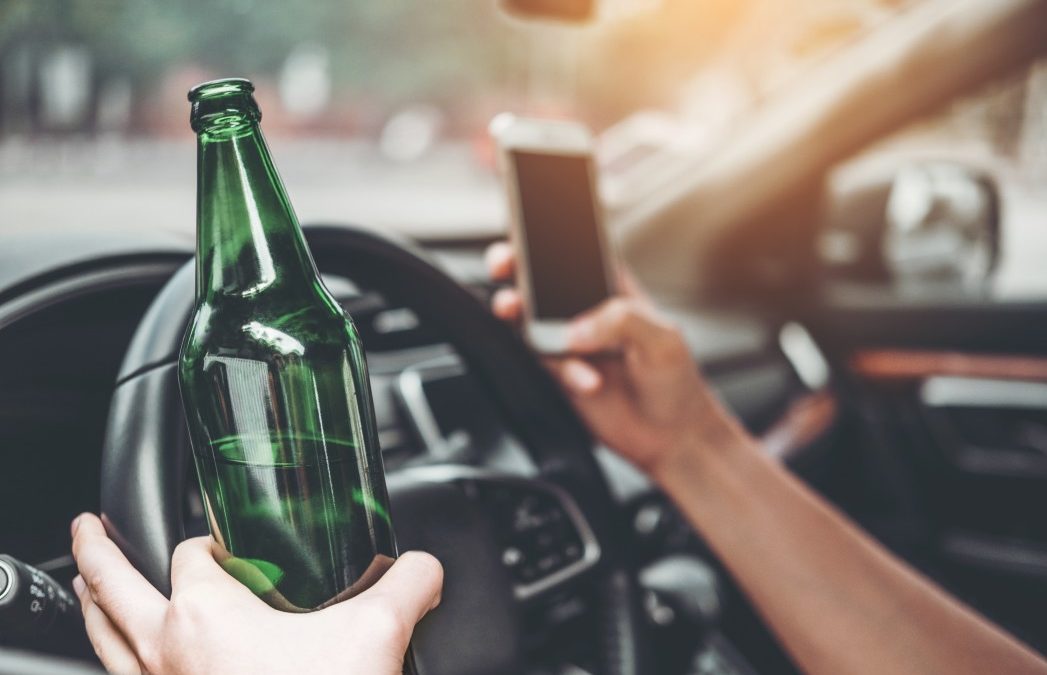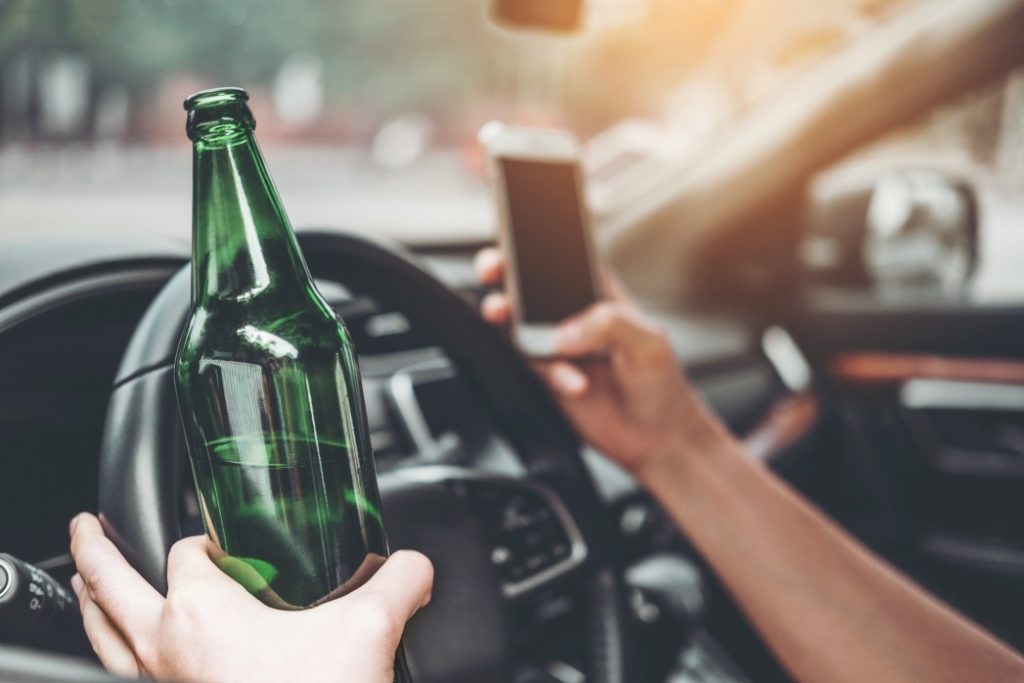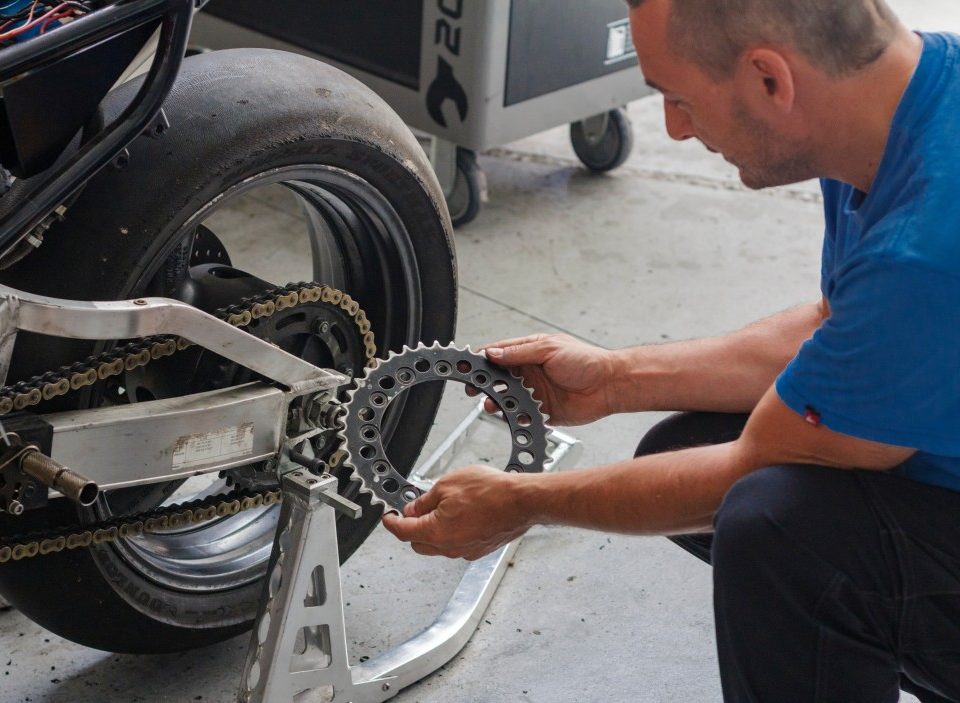Motorcyclist Accident Caused by Drunk Driver

Avoiding Motorcycle Accidents Caused by Split Lanes
May 21, 2022
Pedestrian Hurt in Crosswalk by Motorcycle
May 21, 2022Two motorcyclists were killed in a recent motorcycle accident that involved a drunk driver. One died at the scene and the other passed away at the hospital. A 24-year-old male is currently being held in jail on charges of murder, assault, DUI, and DUI. This is a particularly tragic type of accident, as drunk drivers have slower reaction times than those who are sober. Here are some ways to avoid being involved with a drunk driver accident.
Intoxicated motorcyclists
One of the leading causes of motorcycle accidents is intoxicated driving. While alcohol is the most prevalent substance, other substances may also contribute to impaired judgment. The risk of an accident is five times higher when you drink on two wheels. Intoxicated motorists are more likely to have a high BAC and may not obey traffic rules or speed limits. Although the consequences of a motorcyclist accident caused in part by a drunk driver can be more severe, they can still be very devastating.
Speeding is one of the most common causes of motorcycle accidents. Intoxicated drivers are unable to see motorcycles as easily as sober drivers. Their reduced reaction time and inexperience make them less likely to react to danger. Motorcycle accidents are also more common in older motorists. Their limited vision makes them less likely to see motorcycle riders and are more likely to be hit by an intoxicated driver.
Intoxicated motorcyclists may not realize that other victims may also be eligible for compensation. If the driver was impaired at the time of the accident, the passengers of the motorcycle may be able to sue the drunk driver for wrongful death. While money cannot replace the loss of a loved one, wrongful death damages can provide some justice for the family. Victims could be compensated for funeral costs, medical bills, pain and suffering.
While drivers are more likely to be drunk, motorcyclists are also more likely to drink before getting on the road. Because they have less protection than drivers in cars, motorcycle accidents can lead to devastating injuries. While the injuries suffered by motorcyclists are much less severe than those suffered by drunk drivers, they still may be unable to drive safely. They could also suffer from traumatic brain injuries.
Loud motorcycles
According to the MAIDS report, loud motorcycles can result in a collision with a drunk driver. The MAIDS study was done in five European countries between 1999-2000 using strict OECD standards. It included a statistically significant sample of more than 900 crashes and 900 control cases. The study showed that motorcycle accidents with drunk drivers were nearly four times more common than those caused by loud motorcycles.
The intoxicated state of a drunk driver can affect a person’s reaction time, braking behavior, and reflexes. A motorcycle requires more stopping distance than a car so an impaired rider can’t safely drive it. Drivers who are unable to focus on both a motorcycle or other vehicles cannot divide their attention. Impaired drivers are less likely than others to see motorcycles at a distance. A drunk driver could avoid a motorcycle accident.
Rear-end collisions of fixed objects with fixed objects
If a drunk driver is driving while under the influence of alcohol, he or she may be responsible for a rear-end collision. A “dooring” accident in which the driver or passenger opens their car’s door and it collides with another vehicle, may also be caused by the driver. This type of accident is common because multiple drivers are involved, since the driver at fault didn’t check for oncoming traffic before opening their doors.
Drivers can be impaired by alcohol and drugs. This makes it harder to judge speed or distance. They also make it difficult for drivers to see ahead of them. As a result, they may not be able to stop in time and may fail to keep their vehicle in its lane. This can lead to serious injuries or even death.
After an accident, you may want to take photographs of the scene to document the damage to your vehicle and other vehicles. Also, take note of the license plate number of the other driver and any other pertinent information. Get in touch with your insurance company as soon as possible to seek medical attention. Your insurance company can help you determine who’s at fault if you are in a car accident caused a drunk driver.
Liability for rear-end collisions is often complex. Oftentimes, the driver in the rear is at fault for following too closely or not leaving enough space to make a safe stop. However, it is not always the case. Rear-end collisions can also be caused by another vehicle, pedestrians, or road conditions. The rear driver may also be responsible if he/she is drunk.
Slower reaction times for impaired drivers
Combined with impaired driving, the risks of a motorcyclist accident increase exponentially. Impaired drivers will react twenty percent slower if they have a blood alcohol content of 0.015 percent. These impairments can cause serious health problems. The Fernandez Firm can help you hold the responsible party responsible. Let’s look at some of the most common impairments related to motorcyclist accidents.
Impaired drivers have slower reaction times, making them less likely to spot motorcyclists on the road. A reduced reaction time makes impaired drivers more likely to speed, not obey traffic laws, and swerve. These impairments make it difficult for them to quickly react to road hazards and slow traffic. Drivers who are distracted by their cell phones are more likely to speed, break traffic laws, or fall asleep behind the wheel.
The impaired drivers’ slower reaction time results in a motorcycle accident. They are more likely not to see motorcycle riders, to fail to check for other vehicles, and to make unsafe turns. This can lead to serious injuries and even death. Therefore, drunk drivers should be avoided at all costs. There are some safety tips you can use when riding your bicycle.
Lack of helmets
Many motorcycle injury lawyer long beach result in fatal head injuries. According to the California Mandatory Helmet Use Law statistics, almost half of motorcycle deaths involve a drunk driver. One third of non-helmeted riders are killed, while 13.6% die without a helmet. Of those riders that do die, 75% were not wearing a helmet and suffered a head injury. The risk of death was higher for non-helmeted riders than for helmeted riders. The findings of the study show that standard motorcycle helmets are essential for protection of both the rider as well as the driver.
In an attempt to find out whether helmet laws reduce motorcycle fatalities, researchers looked at statistics on crashes in different states. One study compared fatalities in states that had helmet laws and those without. The results showed that in states with universal helmet laws, motorcycle fatalities dropped significantly. The overall death rate dropped from 9.3 to 4.7% per 10,000 motorcycle registrations, from 61.3% down to 38.7%.
Another study examined the impact of mandatory helmet use on motorcycle deaths in Connecticut. Over a two-year period, 112 motorcycle deaths were examined. Over a two-year period, a total of 112 motorcycle fatalities were studied. The fatality rate for nonhelmeted riders was 26.7 per 1,000 crashes, while the fatality rates for helmeted riders was 7.9. In a follow-up study, a trauma registry identified 71 cases between 1985 and 1990. A helmet reduced the risk of head injury by 68%. Although helmets did not prevent fatalities, they did reduce the number of deaths.
Studies have shown that helmet usage is associated with a lower severity of injuries in older riders. Whether or not a motorcyclist wears a helmet is related to age, gender, and seat position. Research in Taiwan shows that wearing a helmet reduces the risk of serious injury and death. When a motorcyclist wears a helmet, the chances of death or serious head injury are reduced by up to 65%.





